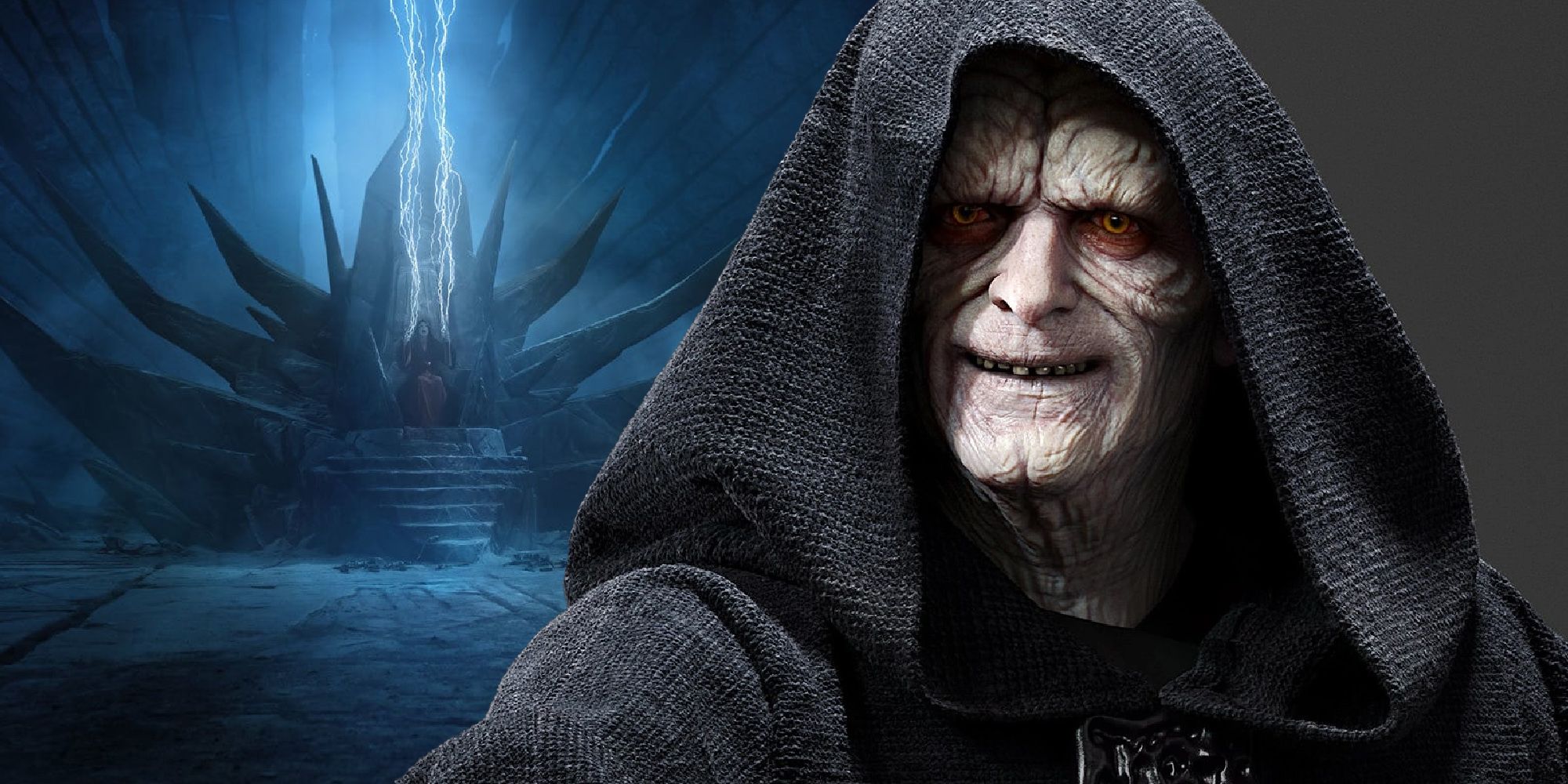Palpatine returned in Star Wars: The Rise of Skywalker as the culmination of his decades-long plan, but incorporating an ancient Sith prophecy could have given his appearance even more weight. Epitomized by Darth Sidious, the Skywalker saga is outlined by the overarching threat of the Sith. While the Sith were less closely defined in the original trilogy, Darth Vader and the Emperor were very much the instruments of the dark side. This was expanded in the prequels, when the two were shown nearly destroying the Jedi with Order 66, and in the sequel trilogy, when Palpatine's return as the hidden puppet master brings his scheming full circle.
Despite the demonstrable threat that they posed to the galaxy, the Sith had existed under the Rule of Two for centuries by the time of the events shown in Star Wars: Episode I - The Phantom Menace. Established by Darth Bane to preserve the culture and prevent infighting, the Rule of Two limited the Sith to no more than one master and one apprentice in existence at a time. This was in stark contrast to the vast Sith society of the past, which had the power to rival the Jedi. Over hundreds of years of seclusion, some of the mysticism of this old civilization persisted. Among this is the Sith'ari prophecy which, although relegated to Legends non-canon status by Disney, could have provided an interesting twist to The Rise of Skywalker.
The prophecy of the Sith'ari was a belief among the ancient Sith in the coming of one of their number who would lead the Sith to destruction and a subsequent empowered rebirth. Disagreement about who the Sith'ari might be was constant, but a good case could have been made for Palpatine, as his defeat at the Battle of Endor had seemingly destroyed the Sith, and his plan for Rey in The Rise of Skywalker would have elevated him to a substantial level of power in the dark side of the Force.
Because his reappearance on Exegol would mark the final part of the prophecy, some mention of the Sith'ari could have imbued his plan with more weight and cosmic significance. Weight and cosmic significance aren't foreign concepts to Star Wars villains by any stretch, but they would be especially appropriate in this instance given that there has never been a scene in the film series that so pointedly emphasizes the depth of Sith history as the audience in Palpatine's throne room.
A mention of the Sith'ari in The Rise of Skywalker would have been especially interesting because there is a distinct absence of any prophetic, Chosen One lore for the light side of the Force in the sequel trilogy. On the contrary, most of the protagonists are raised above their humble beginnings solely by tenacity. Making Palpatine the Sith'ari could therefore subvert the Chosen One narrative of the prequels in an unexpected way.
In determining how it would treat its franchise's sizable legacy, the sequel trilogy chose to concern itself mostly with the history of the Star Wars franchise, rather than the history of the Star Wars universe. While this certainly did the noble work of keeping the films accessible, incorporating previous Expanded Universe material like the Sith'ari prophecy could have added a bit of depth and texture to the story, which may have in turn enhanced the significance that The Rise of Skywalker rightly ascribes to Palpatine's return.


